
Realize
that the events of the past
cannot accurately be viewed
through the eyes and minds of today.
That’s why yesterday’s normal
often seems today’s unthinkable.
We mistakenly judge
that which no longer exists,
squeeze it through
the distortion of time,
then blame that twisted past
for what seems to be happening now.
Thus
we carry a NEW version
of the past forward,
even further removed
from the original experience.
Plus
the fondness or hatred
that is inserted
through the constant reinterpretation
of what is now completely imaginary.
You had to be there.
You have to STAY there.
Else you’re someplace else.
Unclear.
And never completely here.


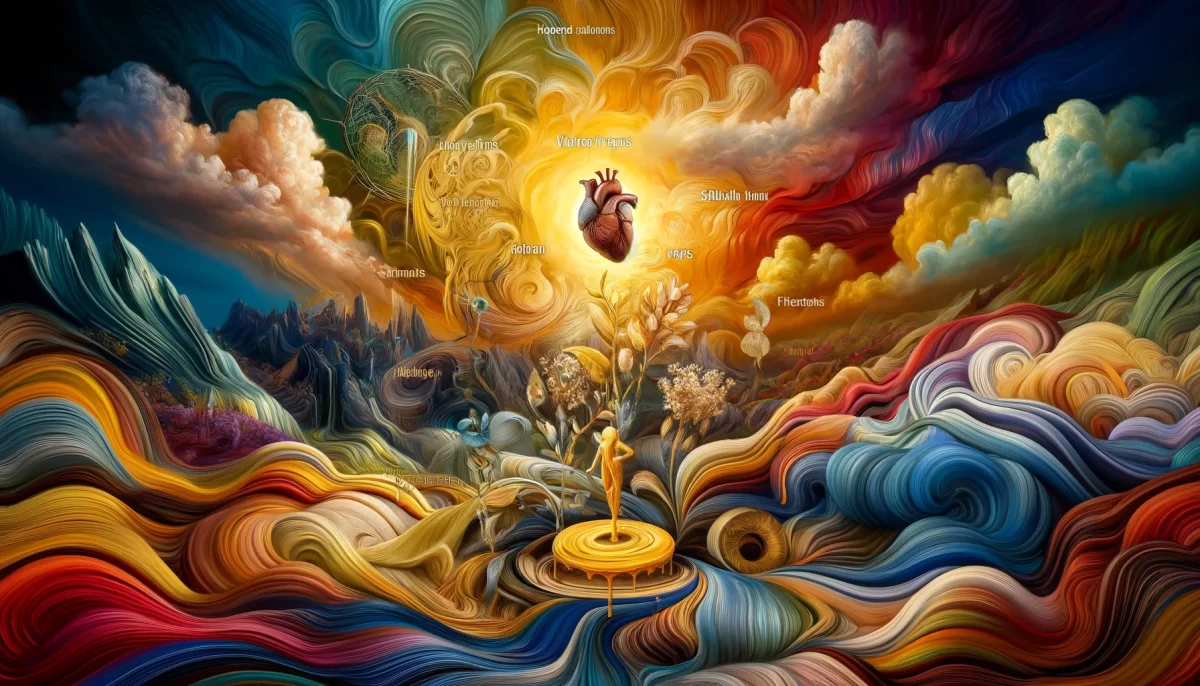
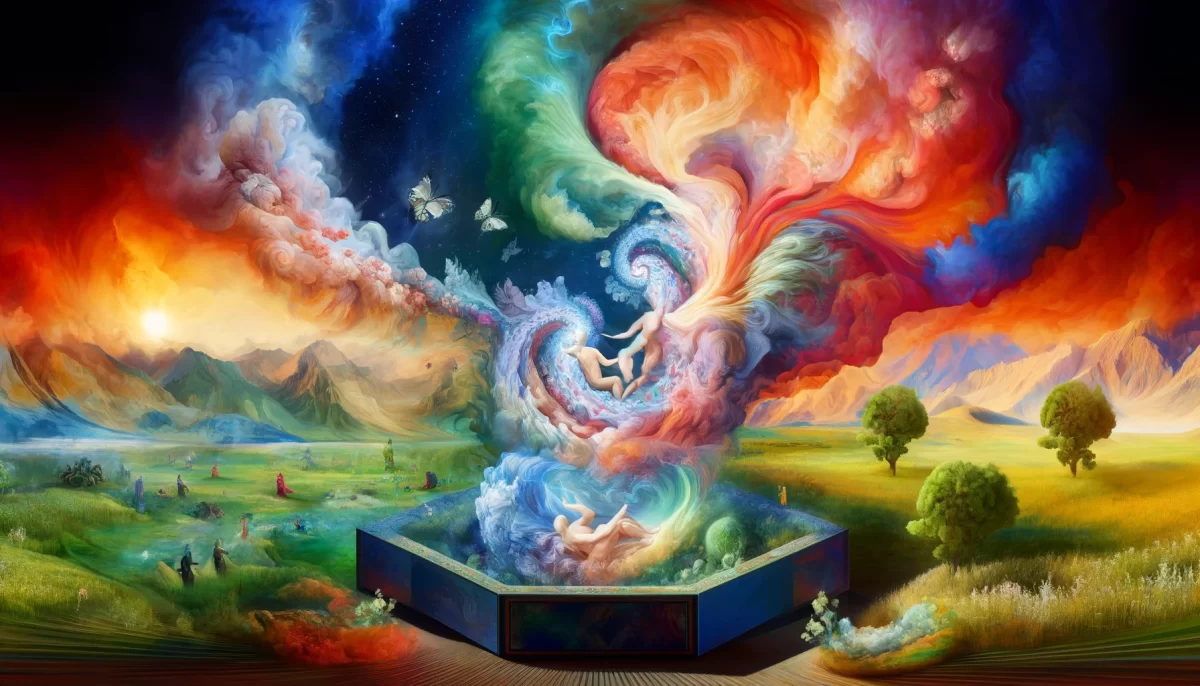
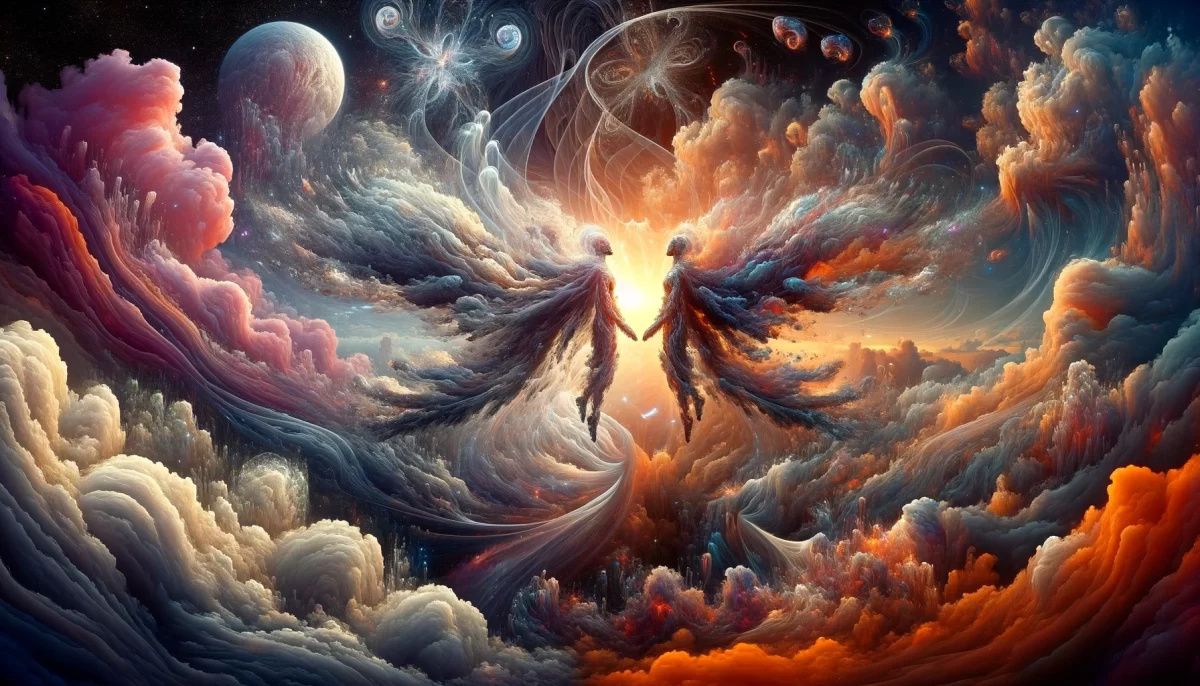
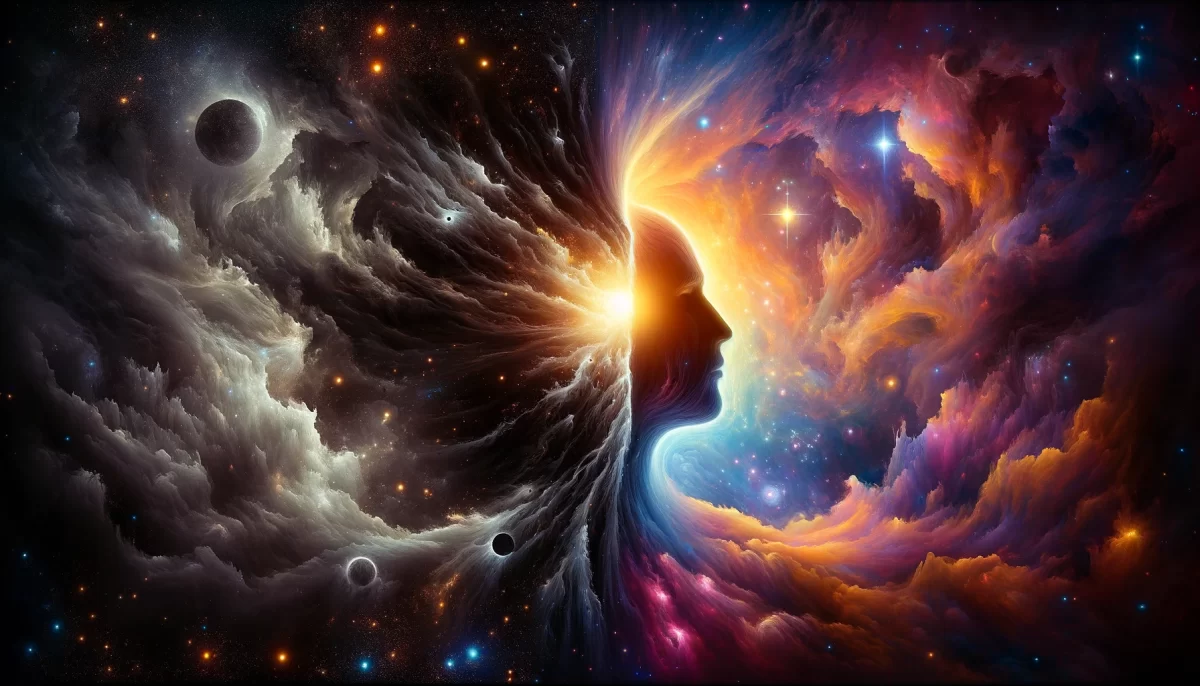
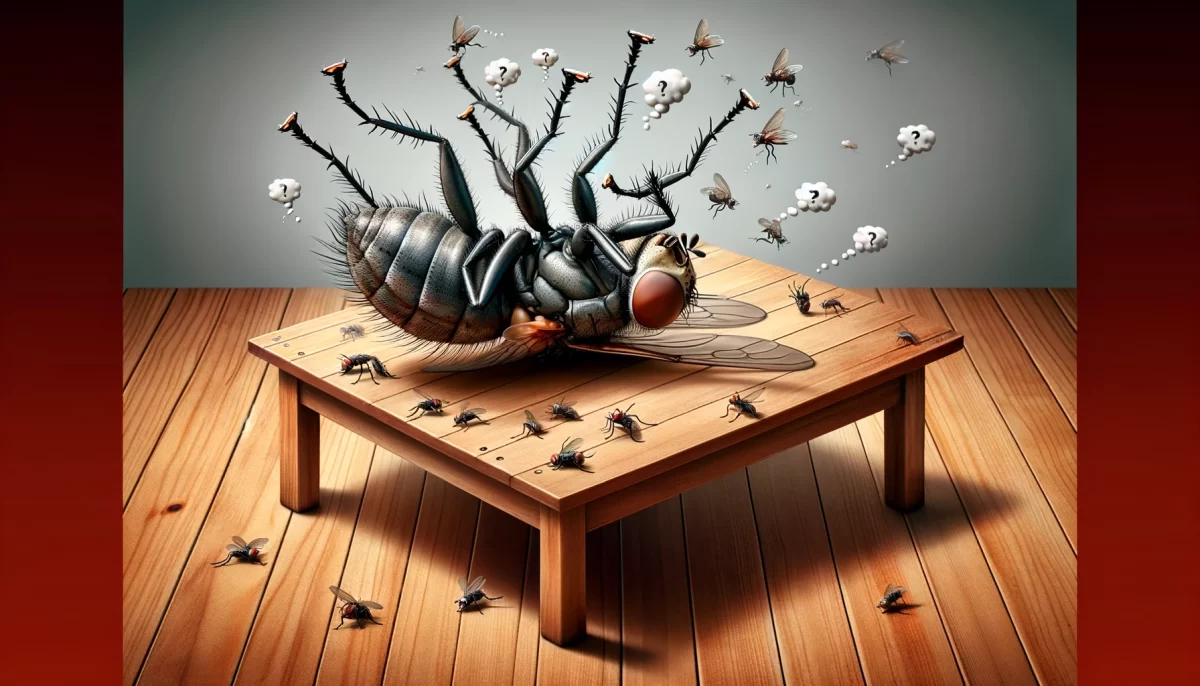
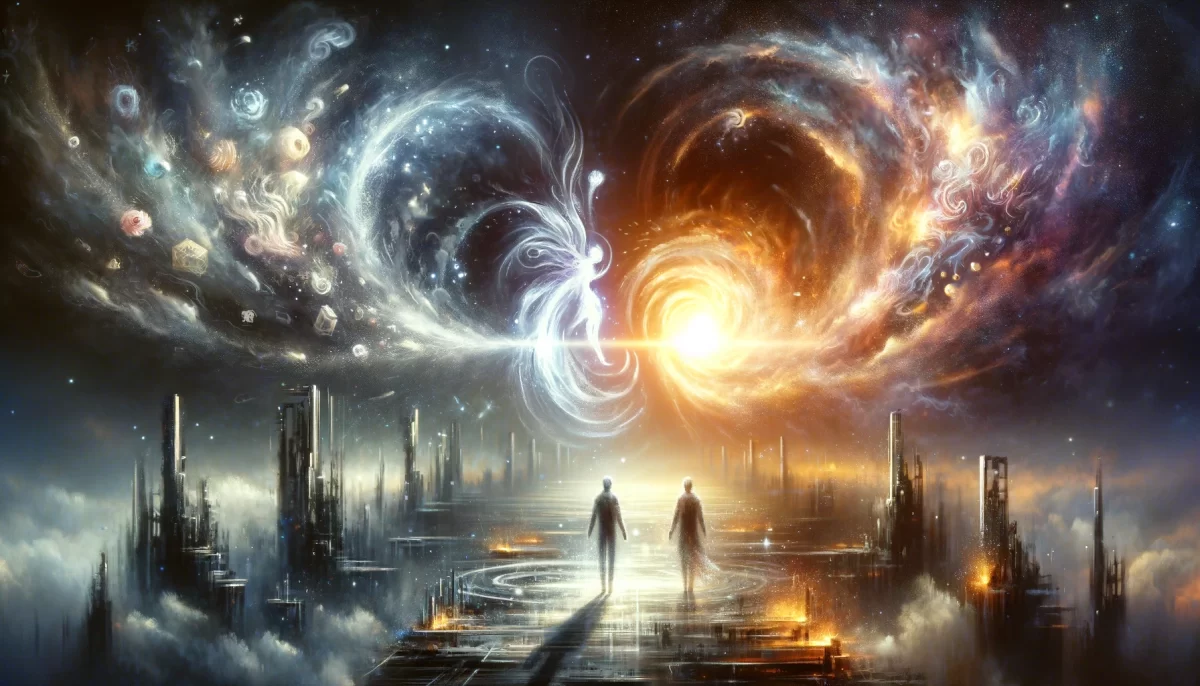
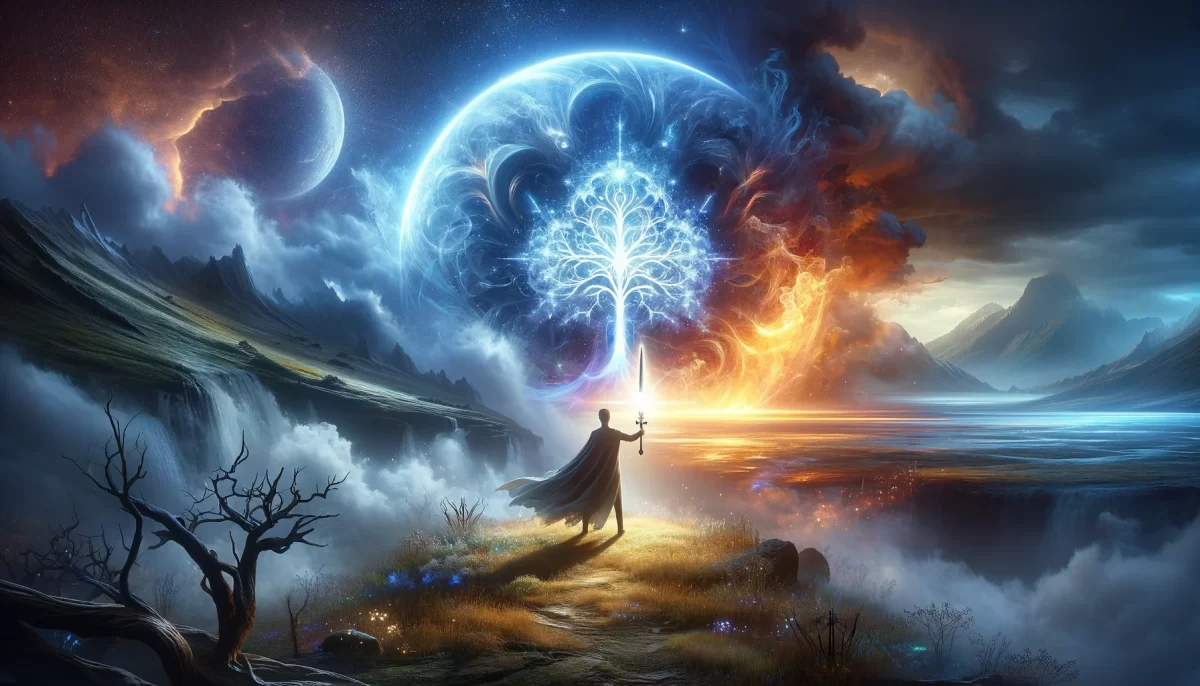
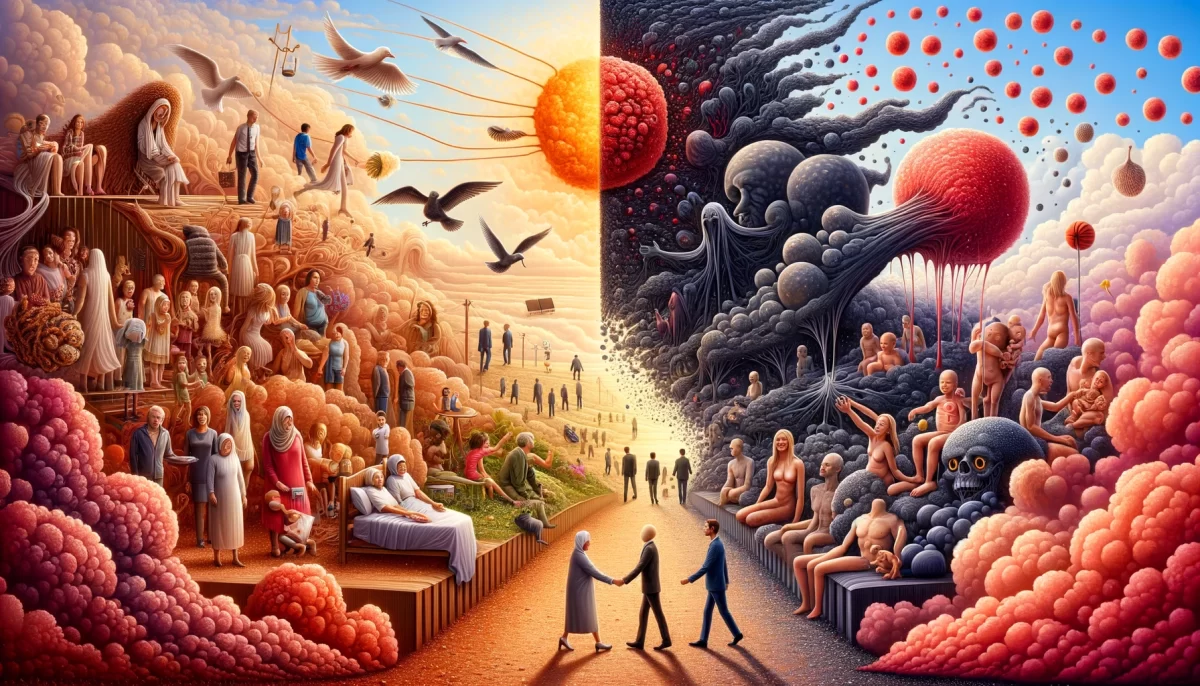
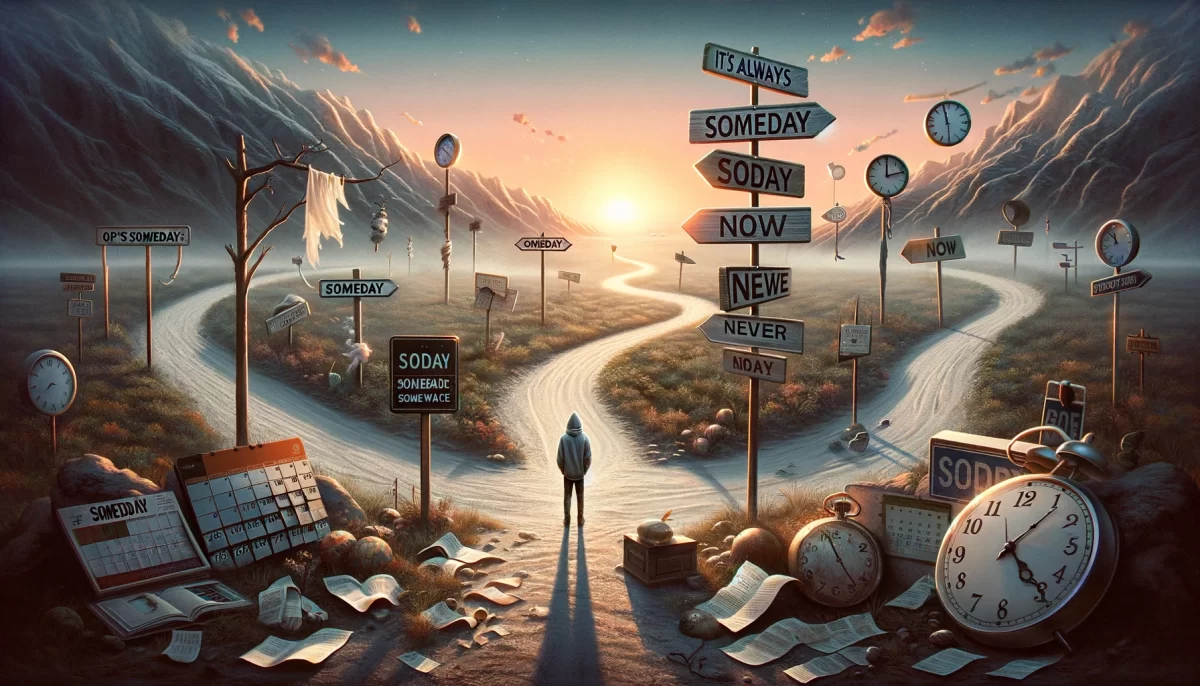

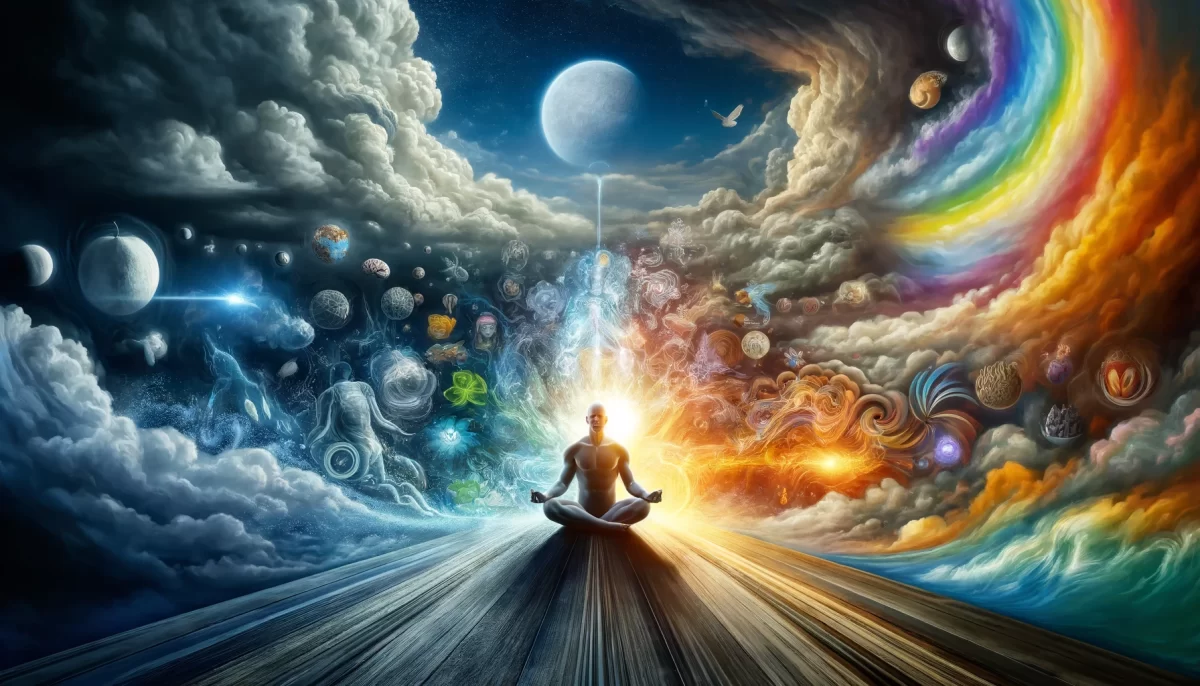



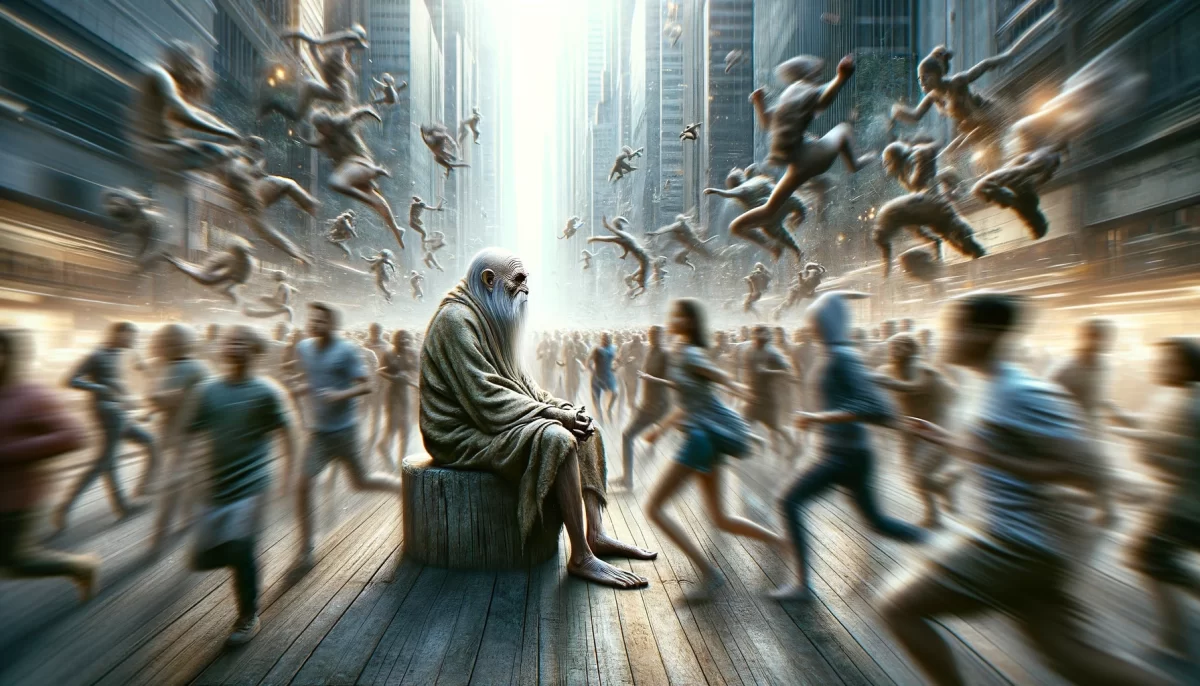

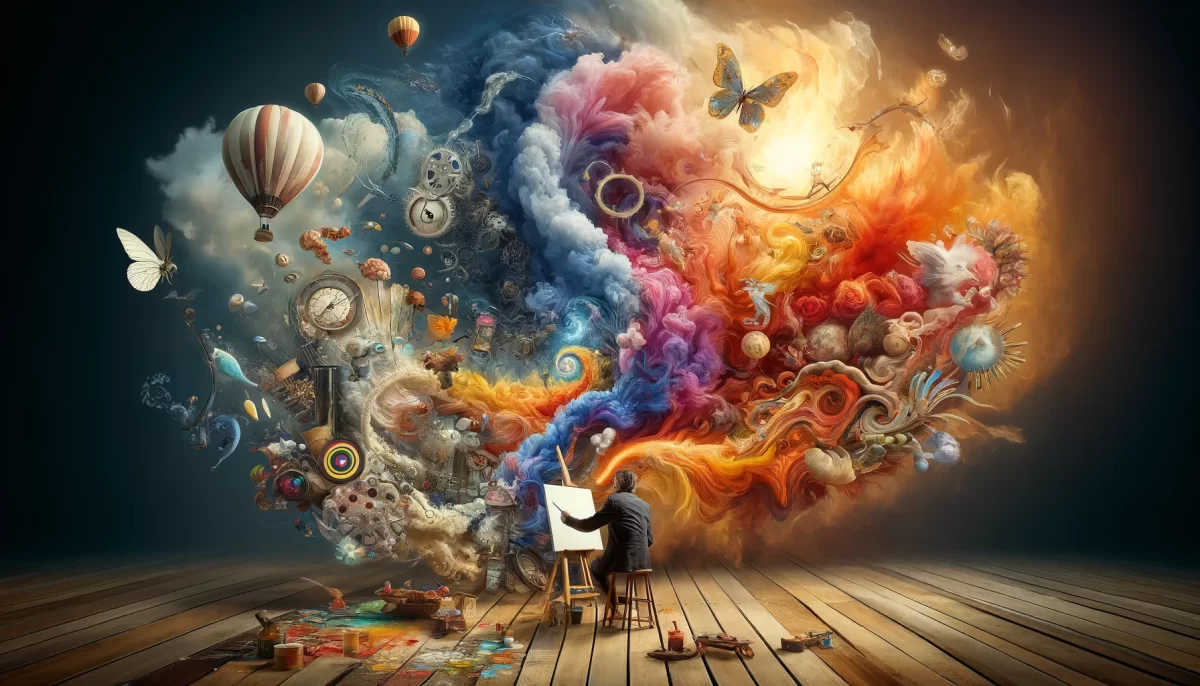

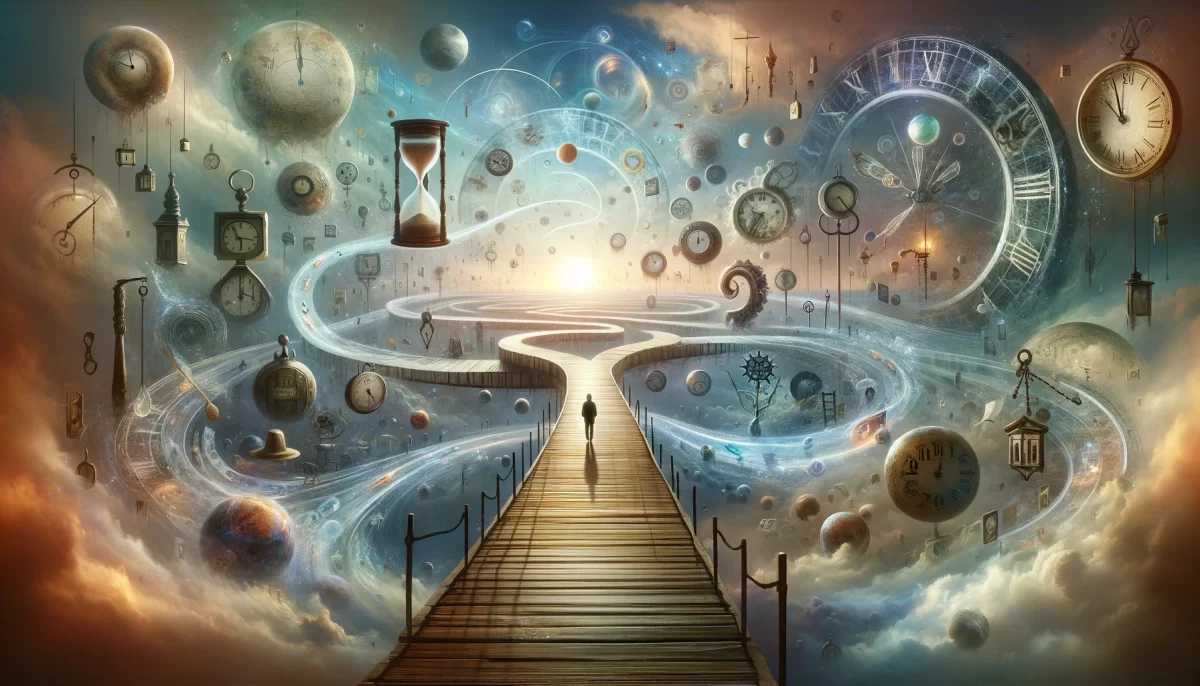
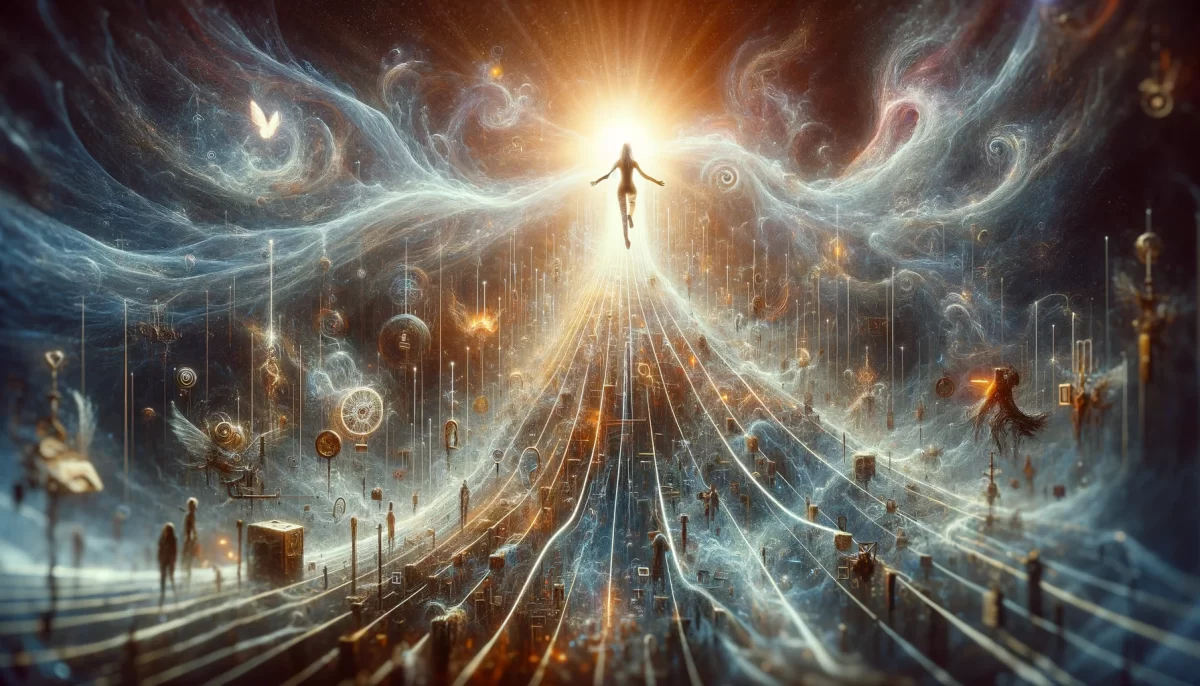




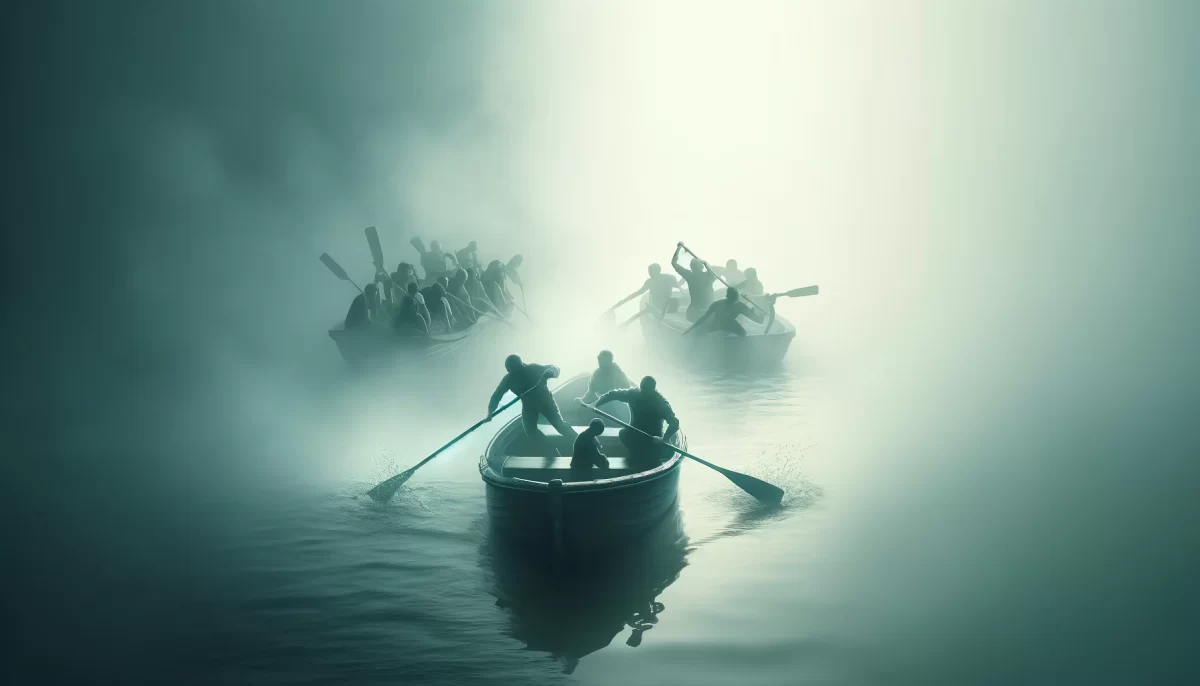
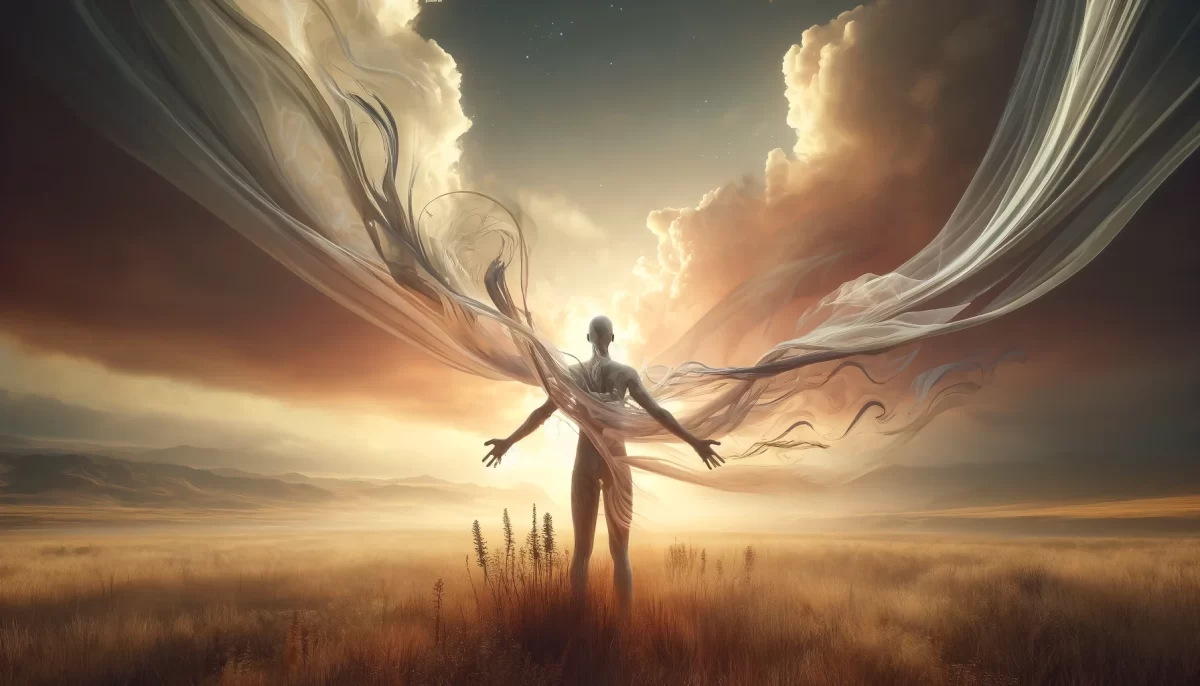


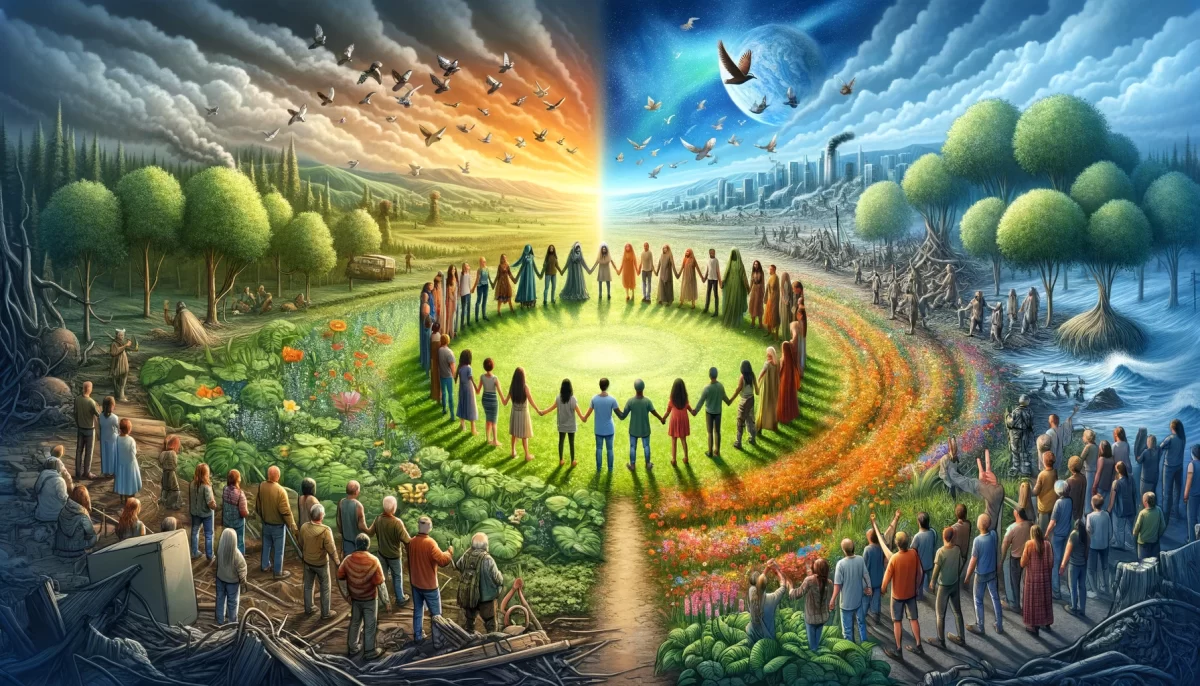
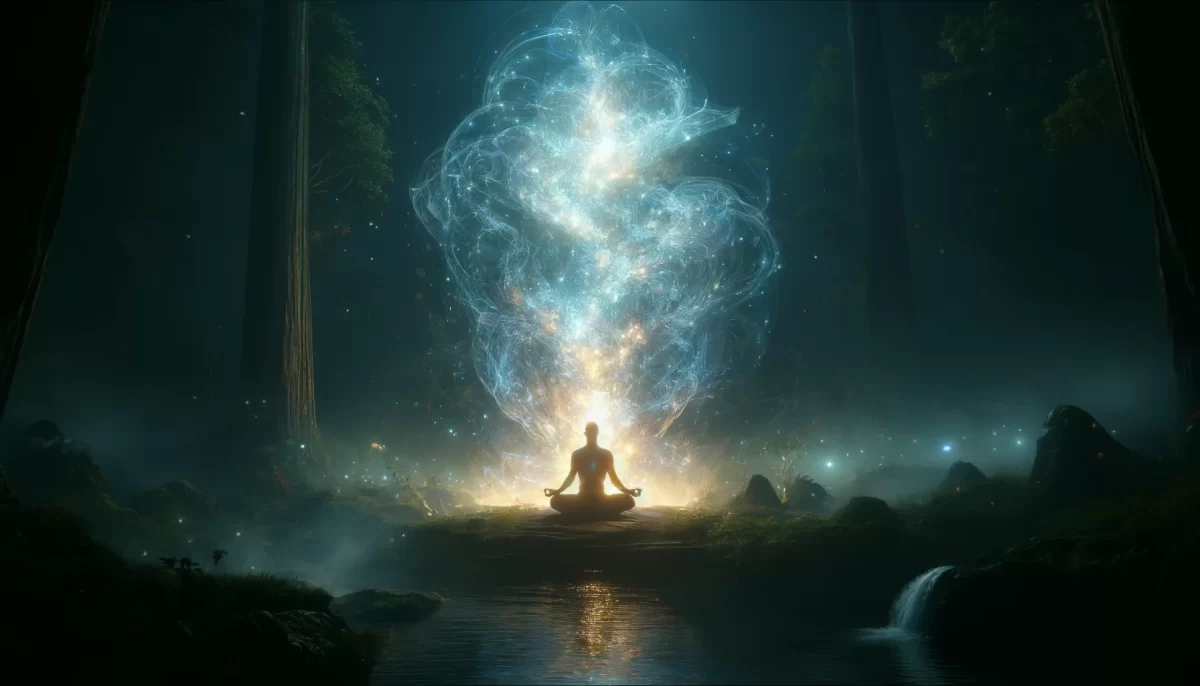
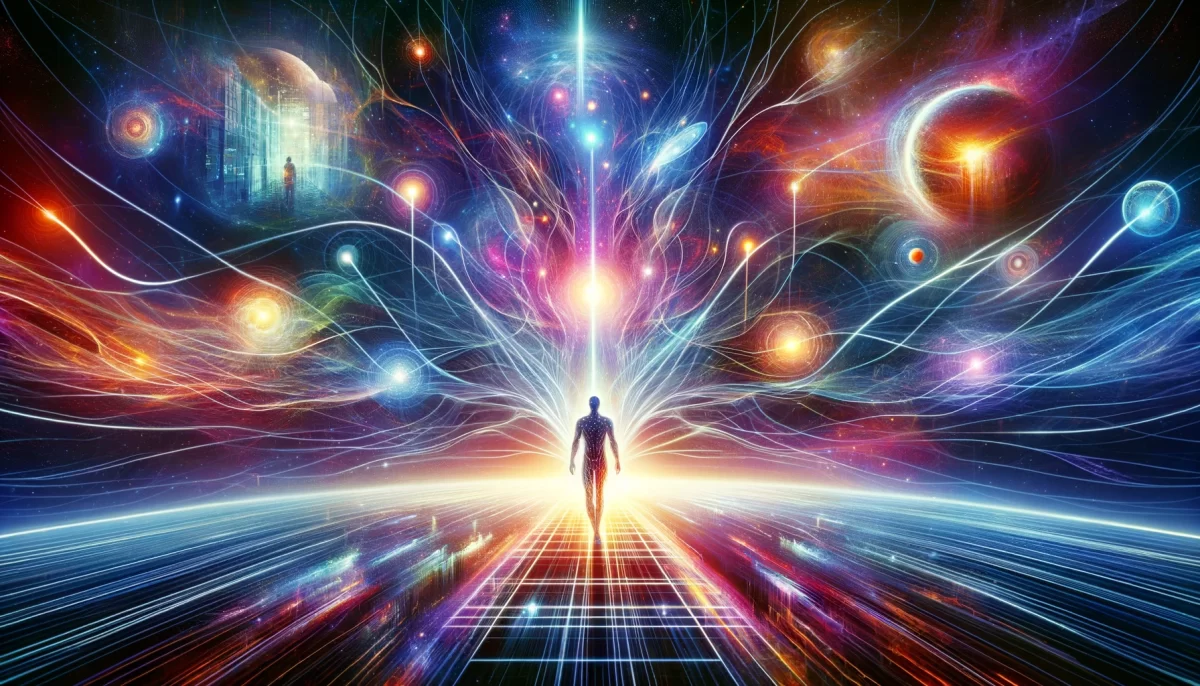
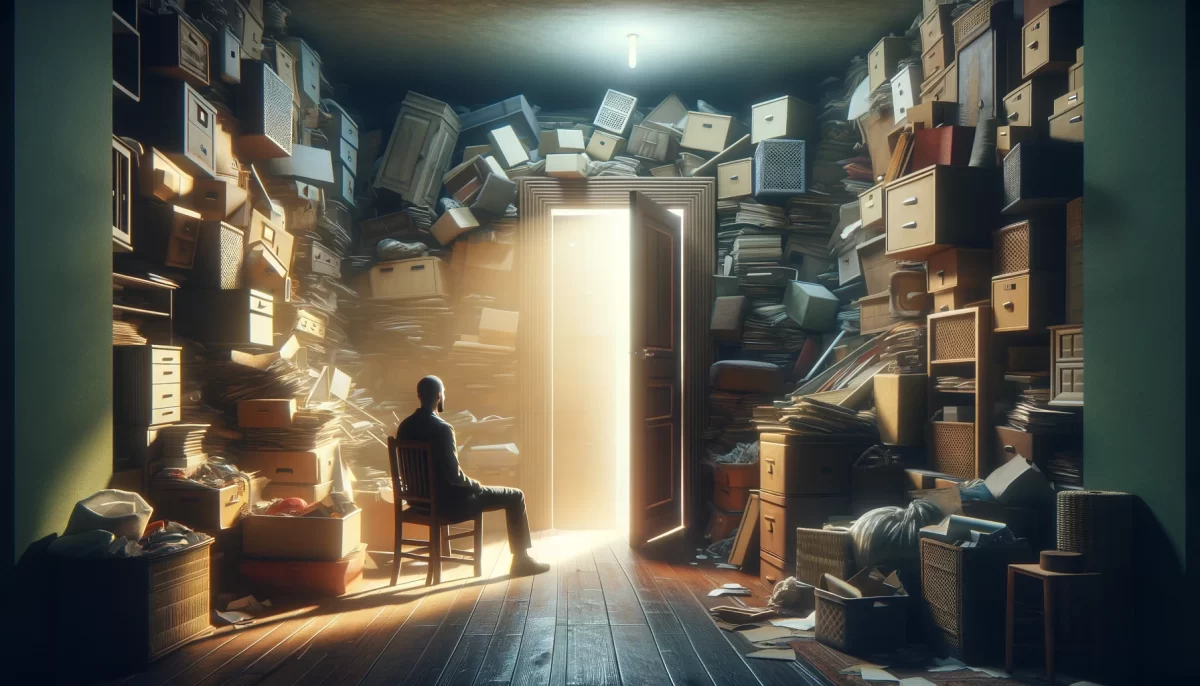
In the context of TWIN (The World is Now) and the poem “Distortion,” we can analyze the following:
The poem highlights the inherent limitations of viewing past events through the lens of the present. It suggests that as time passes, our perspective and understanding of the past shift, and what was once considered normal may now seem unthinkable. This distortion occurs because we interpret past events through the filter of our current knowledge, beliefs, and societal context. In the TWIN context, this emphasizes the subjective nature of perception and the constant evolution of our understanding.
The speaker points out that we often make the mistake of judging past events based on our present understanding. We squeeze the past through the distortion of time, and as a result, we may blame the twisted version of the past for current circumstances. This implies that our interpretations of the past are not objective truths but rather subjective reconstructions influenced by our biases and limited perspective. In the TWIN context, this encourages us to question our assumptions and recognize the fluidity of history.
The poem suggests that as we continuously reinterpret the past, we carry forward a new version of it that becomes further removed from the original experience. This process of constant reinterpretation inserts emotions such as fondness or hatred into the narrative of the past, further distorting our understanding. It implies that our perception of the past is malleable and shaped by our present emotions and perspectives. In the TWIN context, this invites us to reflect on the fluid nature of memory and the importance of being aware of our biases when engaging with history.
The poem concludes by highlighting the necessity of staying present in the past, suggesting that if we are not fully immersed in the context of the past, we remain unclear and never completely present in the current moment. This emphasizes the importance of understanding history as it was experienced, rather than through the lens of our present biases and interpretations. In the TWIN context, this aligns with the idea of embracing the present moment and being aware of how our understanding of the past influences our perception of reality.
Overall, the poem cautions against distorting the past through the lens of the present and highlights the subjective nature of historical interpretation. It encourages us to recognize the limitations of our understanding and to approach the past with humility and an awareness of our biases. In the context of TWIN, it emphasizes the need to engage with history and memory in a way that acknowledges the fluidity of time and the ever-changing nature of our perspectives.